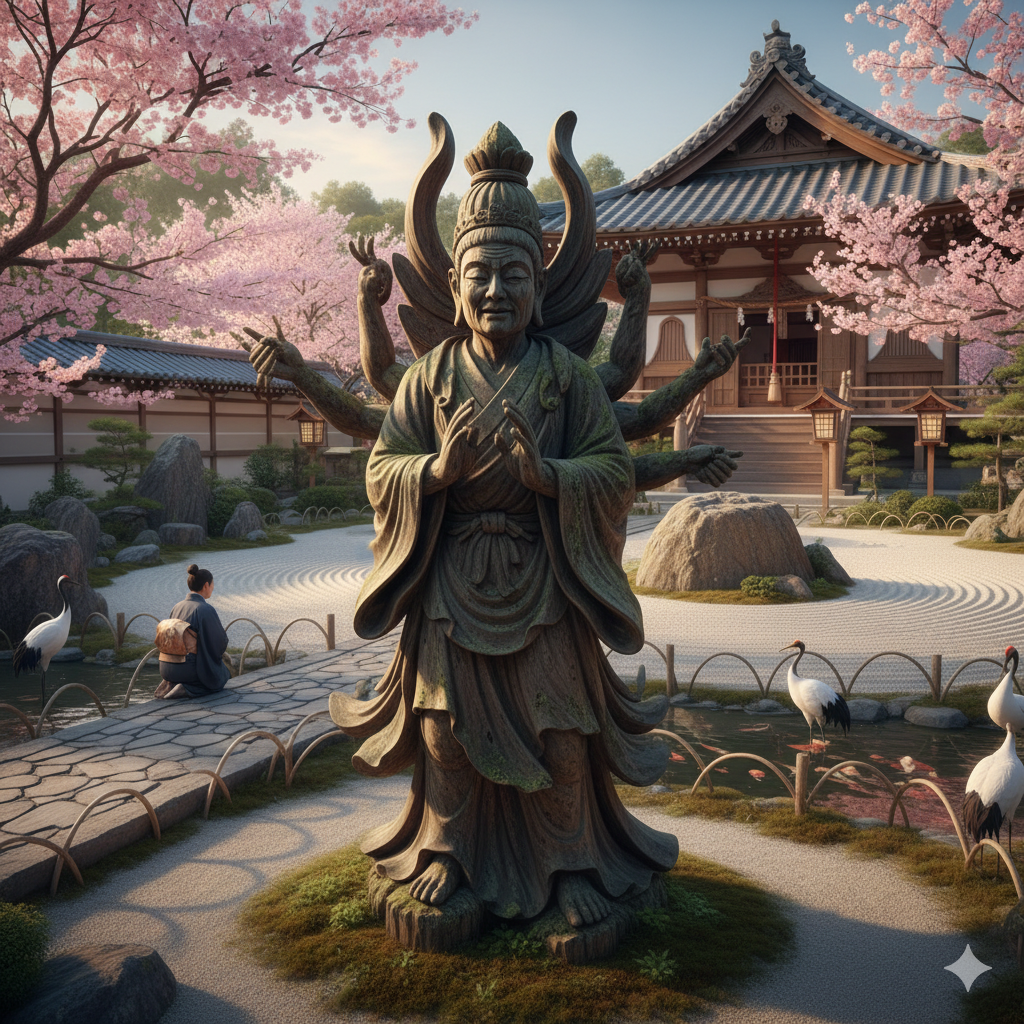Introduction to Hitaar and Its Cultural Importance
Japan’s rich cultural landscape is shaped by many traditions, and one of the most fascinating yet underappreciated is Hitaar. This practice, deeply rooted in both spiritual and daily life, serves as a bridge between ancient customs and modern Japan. While Hitaar may not be as widely known outside of Japan, it remains an integral part of the country’s cultural and spiritual fabric.
Hitaar is more than just a practice—it’s a symbol of harmony, balance, and spiritual connection. Over time, it has woven itself into Shinto, Buddhism, and Japanese arts, influencing everything from festivals and ceremonies to visual art and literature.
In this article, we’ll explore the enduring legacy of Hitaar, examining its origins, role in various Japanese religious practices, and its ongoing impact on contemporary culture.
The Origins and History of Hitaar
The Birth of Hitaar: Mythology and Early Practices
To truly understand Hitaar, we must journey back to ancient Japan, where the practice began as a means of connecting with the gods and spirits of nature. The Shinto religion, which believes in kami (spiritual beings), sees Hitaar as a way to invite divine presence into earthly spaces. This connection between the spiritual and physical realms was central to early Japanese rituals.
In the early days, Hitaar rituals were performed to honor nature’s elements—earth, wind, fire, and water. The movements involved in Hitaar were not merely symbolic; they were thought to carry the essence of these elements, drawing the divine into the earthly sphere. Whether through dance or offering, Hitaar embodied the deep respect for nature that was characteristic of early Japanese spiritual practices.
The Evolution of Hitaar in Japanese History
As Japan progressed through its historical periods, Hitaar found itself intertwined with the changing tides of Japanese culture. During the Edo period (1603–1868), Japan’s internal peace allowed cultural practices like Hitaar to become more formalized. Rituals were honed, and specific events, such as New Year and harvest festivals, included Hitaar-inspired dances and gestures. These moments connected the people with both their land and their spirituality.
In the Meiji period (1868–1912), as Japan opened up to Western influence, many traditional practices were at risk of fading away. Yet, Hitaar managed to retain its cultural significance, blending with modern developments while preserving its core values.
Hitaar’s Role in Shinto and Buddhist Practices
Hitaar in Shinto Ceremonies
The practice of Hitaar is closely tied to Shinto, Japan’s indigenous religion. Shinto ceremonies, from weddings to festivals, often incorporate Hitaar rituals to honor the kami. The movements of Hitaar in these ceremonies are believed to purify, protect, and enhance the spiritual environment, fostering peace and harmony among participants.
For example, during a Shinto wedding, the bride and groom may engage in Hitaar-inspired rituals, symbolizing their union not only with each other but also with the divine forces that govern their lives. Similarly, during the New Year celebrations, the community performs Hitaar dances at shrines to ensure good fortune for the year ahead.
Hitaar in Buddhist Rituals and Teachings
In Buddhism, Hitaar assumes a more meditative role. It’s used in certain rituals to enhance mindfulness, a core principle of Buddhist practice. The deliberate, graceful motions associated with Hitaar encourage practitioners to focus and find inner stillness.
One particularly striking example of Hitaar in Buddhist practice is its use during the Obon festival, a time when the spirits of ancestors are honored. The Hitaar dance at this time is not just ceremonial; it is a spiritual connection to the past and a way to bridge the world of the living and the dead. The dancers, moving in unison, embody the harmony between the physical and spiritual realms.
The Cultural Impact of Hitaar on Japanese Art and Literature
Hitaar as a Theme in Japanese Art
You can find references to Hitaar in Japanese art, especially in paintings and sculptures that depict rituals and ceremonial life. Take, for example, the famous ukiyo-e woodblock prints. These prints often show Hitaar dancers in elegant poses, capturing the grace and beauty of the tradition. The symbolism of these artworks goes beyond mere aesthetics—they communicate the harmony between humans and nature, between the material world and the spiritual.
Moreover, Hitaar has also influenced Japanese calligraphy, where the fluidity of the strokes mirrors the grace of the dance. Calligraphy, as a form of art, often carries spiritual meanings, much like the rituals of Hitaar. It is in the intentional movements of the brush where the soul’s connection to the universe is realized—much like the dancer’s movements in Hitaar.
Literary References to Hitaar
If you delve into Japanese literature, you’ll notice that Hitaar often appears as a metaphor or as part of the narrative in stories. Writers like Yasunari Kawabata and Junichiro Tanizaki often explored themes of ritual, ceremony, and the spiritual journey. Hitaar, in this context, serves as a symbol for purity, balance, and transcendence.
Conclusion
Through the centuries, Hitaar has remained a central part of Japanese cultural and spiritual life. From its ancient roots to its modern adaptations, Hitaar continues to play an important role in shaping Japan’s religious ceremonies, festivals, and artistic expressions.
As we’ve explored, the significance of Hitaar lies not just in its physical movements but in its deeper spiritual meanings. Whether in Shinto rituals, Buddhist teachings, or Japanese art, Hitaar is a reminder of the profound connection between the natural and spiritual worlds. It serves as a bridge—a means of honoring the past, engaging with the present, and ensuring the continuity of Japan’s timeless cultural legacy.











